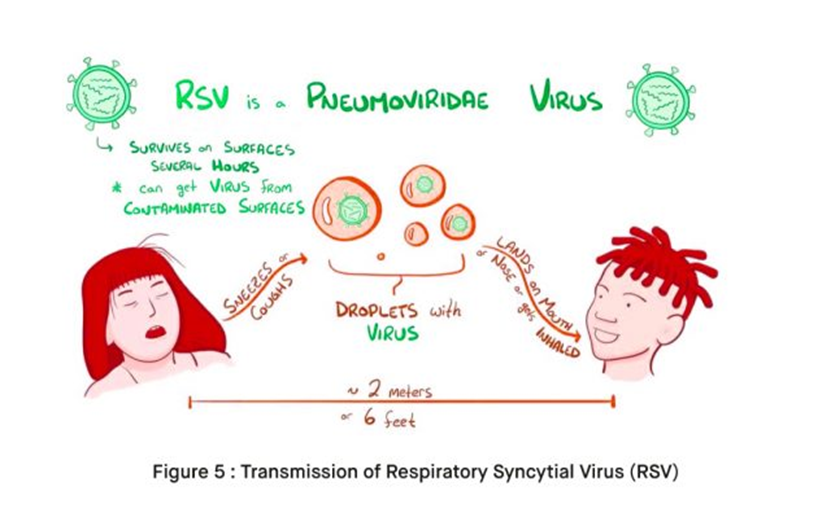A nurse is preparing a 9-year-old child for an IV catheter insertion. Which of the following actions should the nurse take first?
Allow the child to see and touch IV tubing and supplies.
Explain to the child's parents what role they will have during the procedure.
Describe the procedure using visual aids.
Ask the child what he knows about the procedure.
The Correct Answer is D
A. Allow the child to see and touch IV tubing and supplies.
Allowing the child to see and touch the IV tubing and supplies can help familiarize them with the equipment and reduce anxiety. However, there may be a more appropriate action to take first.
B. Explain to the child's parents what role they will have during the procedure.
While it's important to involve the child's parents and inform them of their role during the procedure, the priority should be to prepare the child for the insertion itself.
C. Describe the procedure using visual aids.
Using visual aids can be helpful in explaining the procedure to the child and providing a clear understanding of what will happen. However, there may be a more appropriate action to take first.
D. Ask the child what he knows about the procedure.
This is the correct answer. Asking the child what they already know about the procedure allows the nurse to assess their understanding and address any misconceptions or concerns they may have. It also helps the nurse tailor their explanation to the child's level of understanding and provide information that is relevant and meaningful to them.
Nursing Test Bank
Naxlex Comprehensive Predictor Exams
Related Questions
Correct Answer is C
Explanation
A. A room with a toddler who has pneumonia.
This option is not ideal because both RSV and pneumonia are respiratory infections that can spread to other patients. Placing these two patients together could increase the risk of cross-infection.
B. A private room with reverse isolation.
Reverse isolation is typically used to protect immunocompromised patients from acquiring infections from others. However, in the case of RSV, reverse isolation is not necessary because RSV primarily affects infants and young children who are generally not immunocompromised. Therefore, this option is not appropriate for an infant with RSV.
C. A private room with contact/droplet precautions.
This option is the most appropriate. RSV is primarily spread through respiratory droplets and direct contact with respiratory secretions. Placing the infant in a private room with contact/droplet precautions helps to minimize the risk of transmission to other patients. Healthcare workers and visitors entering the room should adhere to appropriate precautions, including wearing personal protective equipment (PPE) such as masks, gloves, and gowns.
D. A room with an infant who has croup.
Placing an infant with RSV in the same room as an infant with croup is not ideal because both conditions involve respiratory symptoms and may increase the risk of cross-infection.

Correct Answer is C
Explanation
A. Coloring book with crayons:
Coloring activities with crayons are typically more suitable for older children who have developed fine motor skills and hand-eye coordination. At 10 months old, infants are still in the early stages of motor development and may not have the dexterity to hold and manipulate crayons effectively. Additionally, infants at this age are more likely to put objects in their mouths, which poses a choking hazard with crayons.
B. Large-piece puzzles:
Puzzles with large pieces can be beneficial for older children's cognitive development by promoting problem-solving skills and hand-eye coordination. However, at 10 months old, infants are still developing their motor skills and may not have the ability to manipulate puzzle pieces effectively. Puzzles with small pieces can also pose a choking hazard for infants.
C. Crib gym:
A crib gym is a suitable toy for a 10-month-old infant as it provides opportunities for visual stimulation, reaching, grasping, and hand-eye coordination development. Crib gyms typically consist of hanging toys or objects that the infant can bat at or grasp while lying in their crib or playpen. This type of toy encourages exploration and interaction while ensuring safety within the confines of the crib.
D. Put-in take-out toy:
Put-in take-out toys involve placing objects into a container and then removing them, which can be engaging for infants. However, while this type of toy may provide some entertainment for a 10-month-old, it may not offer as much visual and tactile stimulation as a crib gym. Additionally, some put-in take-out toys may have smaller parts that pose a choking hazard for infants, so careful supervision is necessary.
Whether you are a student looking to ace your exams or a practicing nurse seeking to enhance your expertise , our nursing education contents will empower you with the confidence and competence to make a difference in the lives of patients and become a respected leader in the healthcare field.
Visit Naxlex, invest in your future and unlock endless possibilities with our unparalleled nursing education contents today
Report Wrong Answer on the Current Question
Do you disagree with the answer? If yes, what is your expected answer? Explain.
Kindly be descriptive with the issue you are facing.
